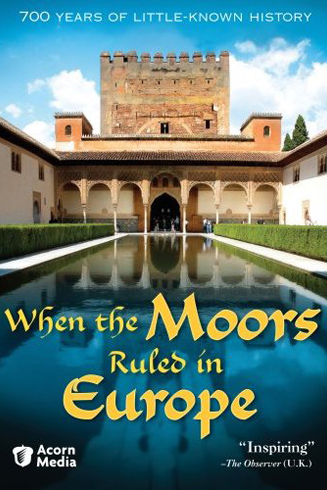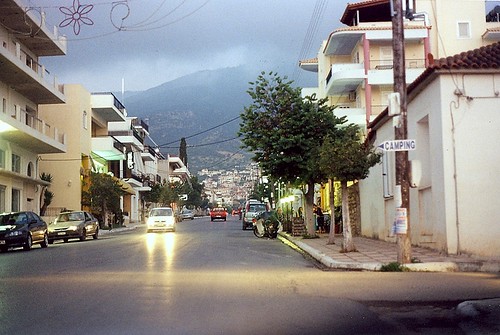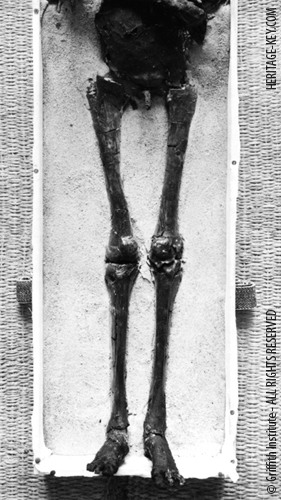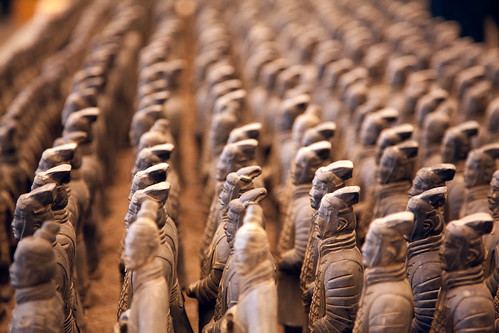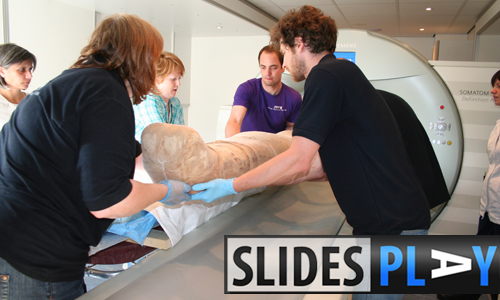is Britain’s best-loved and most prolific pop historian. She has appeared in no fewer than 11 television programmes in the past four months, with hotly-anticipated The Hemlock Cup, a major new book on legendary philosopher Socrates, out this October. With Hughes’ formidable CV in mind here’s a handy list of her publications on Heritage Key – they’re available to buy right here, so if one takes your fancy just click the title or the book’s cover. When the Moors Ruled in Europe This rangy DVD sees Hughes exploring one of Europe’s least-known eras: the Islamic occupation of Iberia, today’s Spain…
-
-
Archaeologists began working on one of Britain’s most mysterious ancient landmarks this Monday, as they aim to unravel its many hidden secrets (UPDATE: Click here to read about some of the finds). And while Marden Henge in Wiltshire may be almost unknown alongside its neighbour at Stonehenge, it is at least ten times bigger, making it one of Britain’s biggest stone circles. Unlike Stonehenge, and nearby Avebury, Marden contains no standing stones. Yet the six-week project by English Heritage, fresh from their visitor centre disappointment, will probe the site for clues as to whether it once did, and what it…
-
My award for archaeology’s equivalent of an IgNoble prize goes to boffins at Cambridge University and Austria’s Sankt Poelten University, who have triumphantly announced that rock engravings from the Copper Age in Europe were ancient movies (as opposed to doodles). Was this not a hopelessly obvious conclusion? Not to Cambridge’s Frederick Baker yesterday (June 29): “The cliff engravings…in our opinion are not just pictures but are part of an audiovisual performance.” “There was still no moving image but (the pictures) created sequences like in animation,” adds Baker. “This was not just a treat for the eyes but also for the…
-
An ancient town that once may have launched ships to Troy has been discovered in a town in Greece. Archaeologists at the site in Kyparissia, on the western Pelopennese, have unearthed the outlines of buildings and ancient tiling ahead of roadworks, reports Hamara. The discovery will also be a boost for those who have long argued that the picturesque town, once known as Arkadia, supplied ships to Troy in antiquity. Yet the find is shrouded in controversy:some parts of the ancient town are higher than the depths of a neighbouring swimming pool complex – suggesting its owner knew of the…
-
Tutankhamun’s penis was swapped because it was too small, according to a media report. New Scientist writer Jo Marchant believes the young pharaoh may have suffered from a rare genetic defect which, among other issues, causes under-developed genitalia. Antley-Bixler syndrome also results in elongated skulls, which could account for stylistic depictions of King Tut’s proposed father Akhenaten(read our recent article on how the boy-king could have died from sickle-cell disease here). Marchant claims the modest penis was most probably broken off “during a particularly brutal autopsy“, yet others say it could easily have been damaged during its early years of…
-
A troublemaking trio have filmed a trail of destruction, as they stole a double-decker bus and crashed it causing 30,000 damage in the Stonehenge town of Amesbury. The three, two 16-year-old girls and a man, 21, have been arrested and released on bail after shooting ‘stolen bus solstice 2010 hoodies amesbury (sic)’ which they posted to YouTube. The video has proved an instant hit on the site, registering almost 50,000 views. Yet it won’t be much use to the owners of two parked cars and three buses the yobs wrecked, on their Mad Max-style rampage through the Wiltshire town, just…
-
Triesman slammed the Spanish, then we berated an Italian before surrendering to the Germans. But it’s a Macedonian England’s hierarchy should have studied before the country’s calamitous World Cup campaign. Alexander the Great didn’t get his name for nothing, but the way in which his empire imploded should have been a lesson to the FA long before its capitulation on Sunday. The Lesson Alexander the Great was born to be a leader. A son of Philip II of Macedon, Alexander enjoyed an unrivalled education under the tutelage of Aristotle. Aged just 19 he’d been handed the reigns of the empire,…
-
Taiwan will get a taste of China’s Terracotta Warriors this Saturday, as 400 chocolate miniatures make their way from a popular show in Beijing. ‘World Chocolate Wonderland’, at Taipei’s National Taiwan Science Education Center, also features a chocolate-hewn Great Wall of China. It attracted over 400,000 visitors in the Chinese capital, not least for the pint-sized ancient warriors, who measure just 35cm each. Each exhibit at the show must be kept in temperature-controlled rooms to avoid melting. Taiwan baker Lee Kyo-yi battled fine margins to create his chocolate Taipei 101, Taiwan’s, and at one point the planet’s, tallest skyscraper. “The…
-
The skull of an ancient Egyptian mummy in Colchester is packed with ‘strange bones’, a CT-scan has revealed. The scan on 2,500-year-old Lady Ta-Hathor yesterday also revealed an odd bundle between her thighs, thought to be the remains of her organs. Full results from the scan, made ahead of Ta-Hathor’s display at Ipswich Museum’s new Egyptian Gallery, are expected only after an assessment by a team in Manchester. Yet it immediately showed she was healthy with no bone defects, and had died of natural causes aged in her mid-twenties – not far off the era’s life expectancy of 30. Ta-Hathor’s…
-
A Roman skeleton discovered recently at ‘the world’s only well-preserved gladiator cemetery’ has gone on display in York. The skeleton, one of 80 found in the city over the past seven years, went on show at the Jorvik Viking Centre on Tuesday (June 22) and promises to be a hit with visitors. The skeleton is one of the dig’s most important, bearing bite marks from a large carnivore. Experts have claimed it as proof gladiators were made to fight wild animals, such as bears and tigers, in the arena. The excavation itself has aroused huge interest across worldwide, and was…

